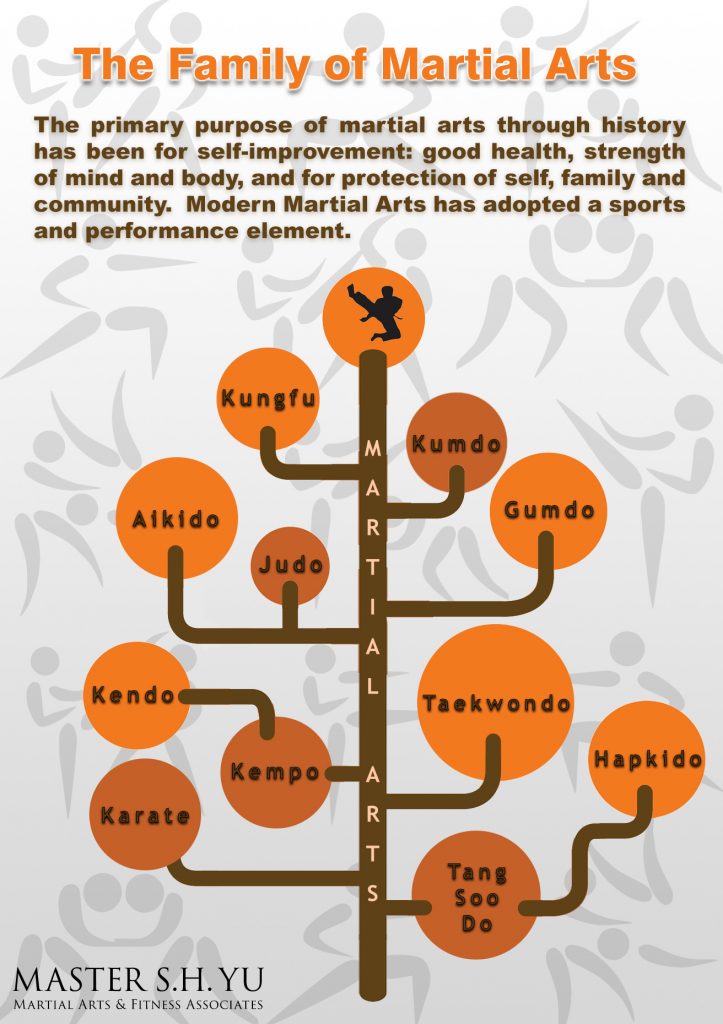A Comparative Study Of Typical Martial Arts And Modern Battle Sports: Highlighting The Vital Differences
A Comparative Study Of Typical Martial Arts And Modern Battle Sports: Highlighting The Vital Differences
Blog Article
Post Created By-Camp Sexton
When you think of martial arts, do you lean more towards the traditional techniques or the modern-day combat sports? Each path provides unique benefits and experiences, shaped by their ideologies and training techniques. Traditional martial arts highlight personal growth and technique, while contemporary combat sporting activities focus on competitors and performance. Recognizing these distinctions can assist you in picking the right method for your journey. However exactly how do these distinctions show up in training and ideology?
The Ideology and Background Behind Conventional Martial arts
While lots of people connect martial arts with physical battle, the approach and history behind traditional martial arts run much deeper. You'll discover that these self-controls stress individual growth, technique, and respect.
Originating from please click the up coming post , traditional martial arts were usually developed for Self-Defense and spiritual advancement. https://martial-arts-for-kids-wit77654.blogoscience.com/41362362/practical-and-powerful-self-defense-strategies-through-martial-arts-educating personify principles such as equilibrium, consistency, and self-control, guiding practitioners beyond plain battling abilities.
As you train, you'll not just learn methods yet also acquire understandings right into the society and worths that shaped these arts. The routines and customs, often passed down via generations, cultivate a sense of area and belonging.
The Affordable Nature of Modern Fight Sports
Modern combat sports have changed the landscape of martial arts into a highly affordable arena, where professional athletes challenge in an examination of skill, strategy, and endurance.
which martial arts is the best for street fights 'll notice that competitors are typically organized with stringent regulations and regulations, ensuring justice and security. These occasions draw in big audiences, sustaining the enjoyment and intensity of matchups.
Athletes train carefully, not just for physical prowess but additionally for psychological strength, recognizing that every detail counts in the ring. The adrenaline rush throughout competitions is apparent, as competitors push their limits to claim victory.
Fans appreciate the athleticism and creativity entailed, making modern-day battle sporting activities a thrilling phenomenon that remains to progress and astound enthusiasts all over the world.
Training Approaches and Methods: A Comparative Analysis
The affordable ambience of contemporary fight sports demands innovative training techniques that vary substantially from typical martial arts.
In contemporary training, you'll focus on particular methods, sparring, and conditioning, usually using drills that replicate real battle circumstances. You'll see a focus on quantifiable efficiency and constant competitors to assess your abilities.
In look at more info , standard martial arts focus on kinds, katas, and thoughtful teachings, often highlighting self-control and regard over competitors.
Training is usually less extreme and may entail recurring technique instead of real-time sparring.
While both methods construct ability and fitness, contemporary battle sporting activities supply a much more dynamic and adaptable training setting, preparing you for instant challenges in the ring or cage.
Choose the path that straightens with your goals and passions.
Verdict
In selecting between typical martial arts and contemporary battle sporting activities, it truly comes down to what you value the majority of. If you're trying to find personal development, technique, and a feeling of community, traditional arts may be your ideal fit. However if you thrive on competition and real-time difficulties, contemporary combat sports could be the means to go. Ultimately, both paths provide distinct advantages, so it's all about aligning your training with your individual objectives and passions.
